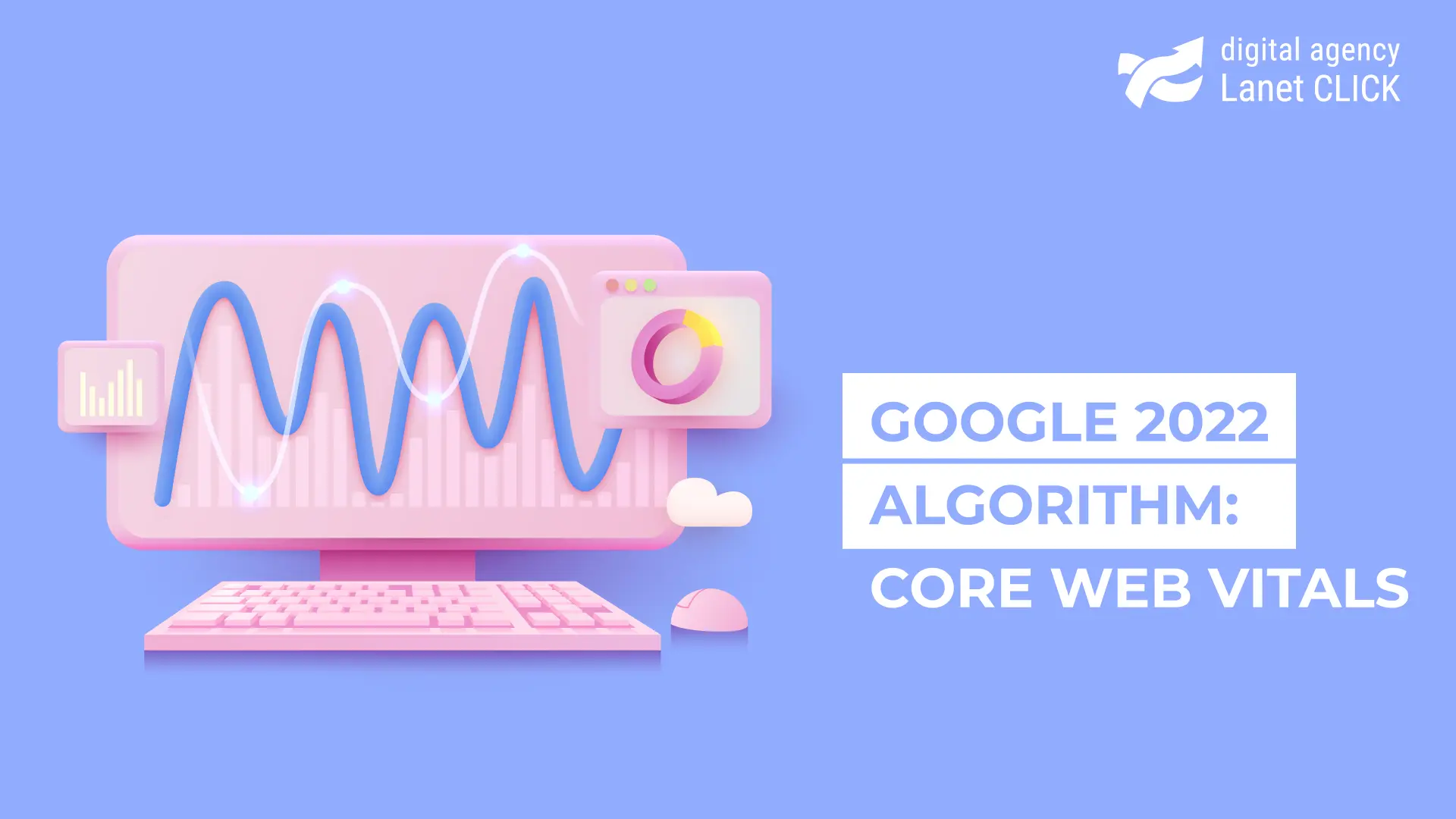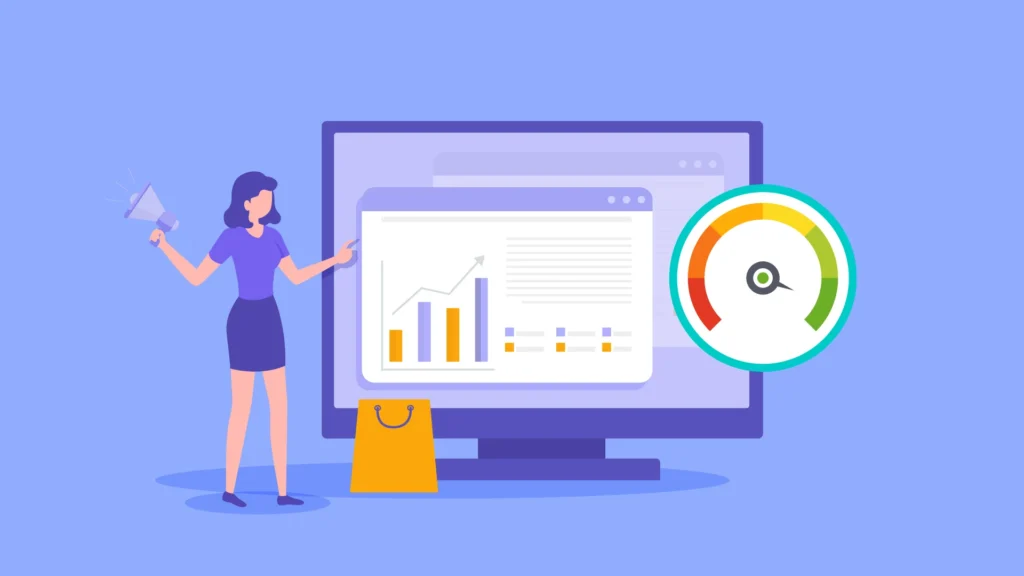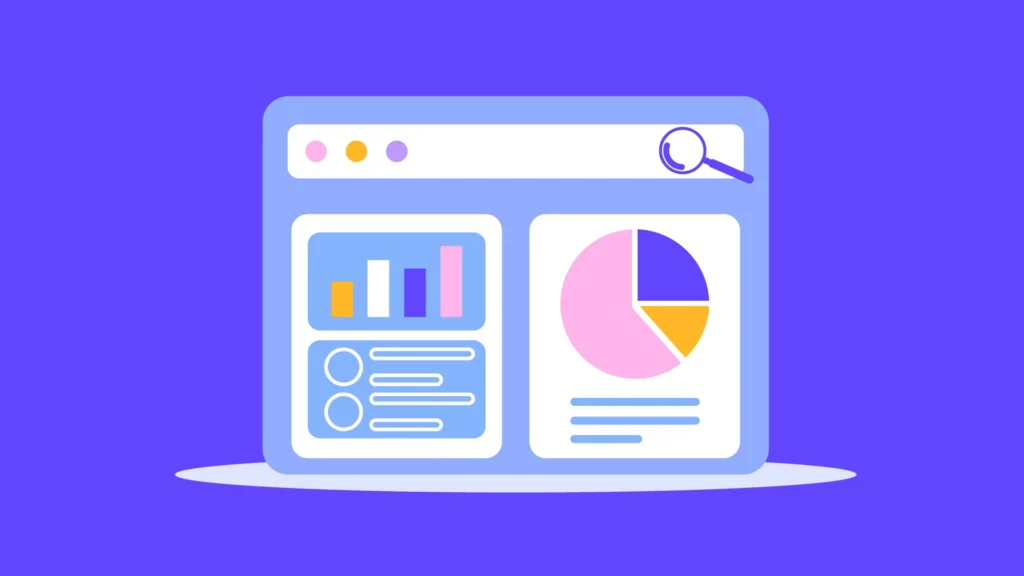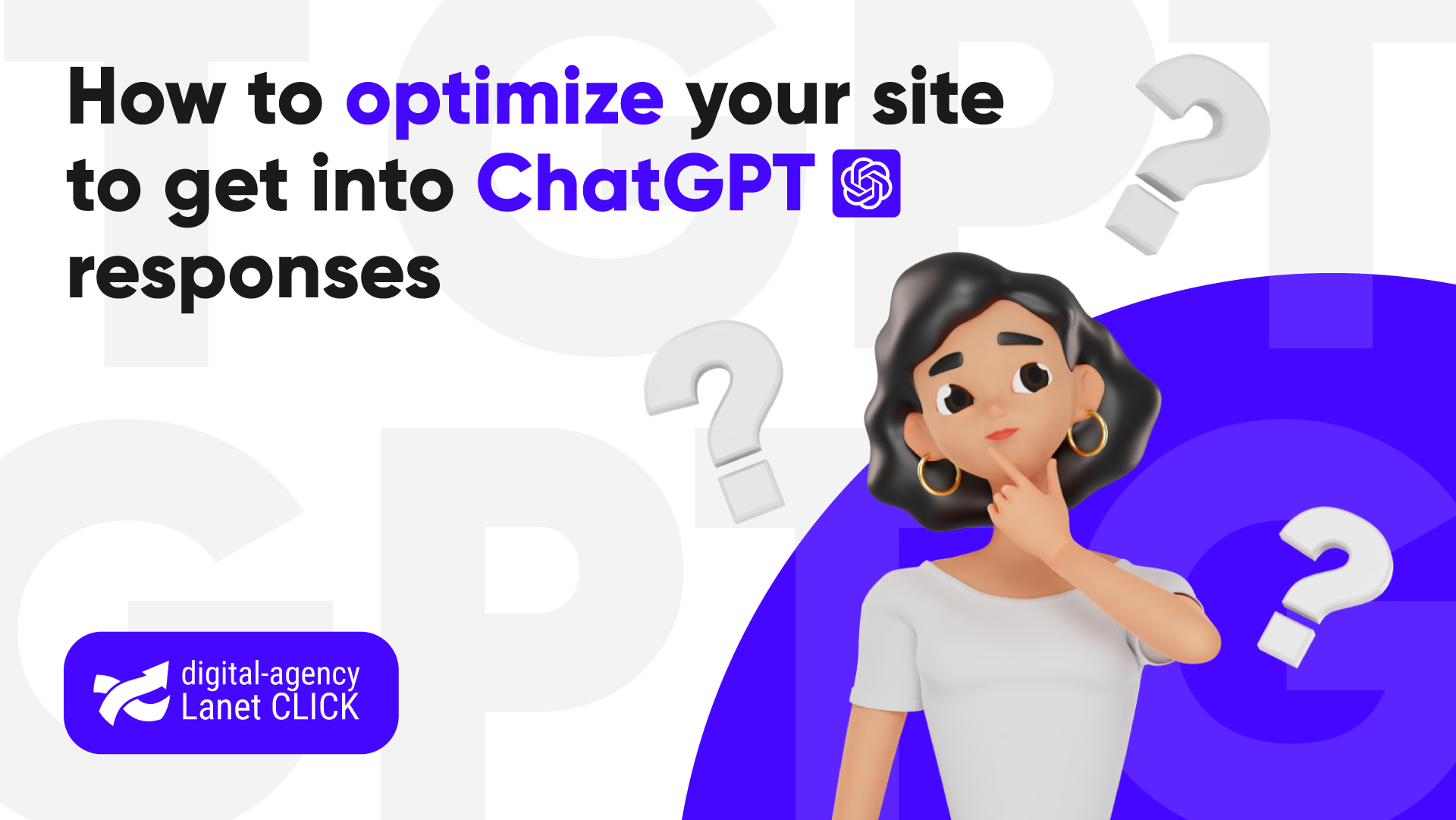
Lanet CLICK entered the TOP-8 digital agencies of Ukraine according to the Ringostat 2025 rating
Lanet CLICK was included in the list of the best digital agencies in Ukraine according to the Ringostat 2025 rating […]


Google regularly releases new and improved old algorithms to improve the quality of its search engine. So, in the summer of 2021, Core Web Vitals metrics were launched. What they affect and how to test and improve them — let’s discuss in the material.
Core Web Vitals is a set of metrics for measuring user’s experience, on which depends website optimization. It includes three parameters — speed, interactivity, and stability of website’s layout.
Google is interested in quality content and aims to ensure that search engine results meet users’ needs. If a person receives relevant content, he will return and will not look for other search engines to replace it. At the same time, Google gets paid for advertising: the more views, the better. Therefore, it is important for the company that users stay on the websites as long as possible, as advertising banners also bring income.
It may seem that in such way, Google makes the work of webmasters and website owners more difficult. However, in reality, with the right approach, it will benefit everyone. A convenient and fast website will get higher positions and will attract more users.

As mentioned above, Google’s Core Web Vitals includes three metrics.
LCP metrics is aimed for measuring download speed. Although Google’s algorithm used to be important as well, the search engine will now focus more on it. The best time to open a page is 2.5 seconds. The average value is from 2.5 to 4 seconds. At the same time, web resources that open for more than four seconds will be lower in search results.

FID metric counts the time the user waits after clicking on the website and until the browser interacts. With the growth of this indicator, the number of failures increases. Yes, the user does not want to wait long, so goes to competing pages. A value of more than 300 milliseconds is considered critical.

CLS is the third metric of Google Core Web Vitals search algorithm. It means the time during which all page’s elements load and stop shifting relative to each other. When a user quickly presses a button or link on a page, and it moves down or to the right at the last minute, he gets what he didn’t plan. This is due to the fact that the dimensions of some elements are not immediately determined and, as they are loading, they visually move other blocks.

You can test Google Core Web Vitals algorithms with several services:
Read also: How to optimize images for a website

In order the website meets Google’s new search algorithms, SEO specialist, web developer or website owner should:

Though it takes time to update Google 2022 metrics algorithm, improving them will help you get higher in search engine rankings.

Lanet CLICK was included in the list of the best digital agencies in Ukraine according to the Ringostat 2025 rating […]

For a site to rank high in search results, it is important to work not only with content and technical […]

Artificial intelligence has already changed the rules of the game in search engines. Users are increasingly turning to ChatGPT and […]
A good strategy, perfectly selected digital tools, and their effective application will allow the business to increase profits, grow the customer base, and form recognition and loyalty. Do you want something like that? Contact us.
You have taken the first step towards effective online marketing. Our managers will contact you and consult you soon.